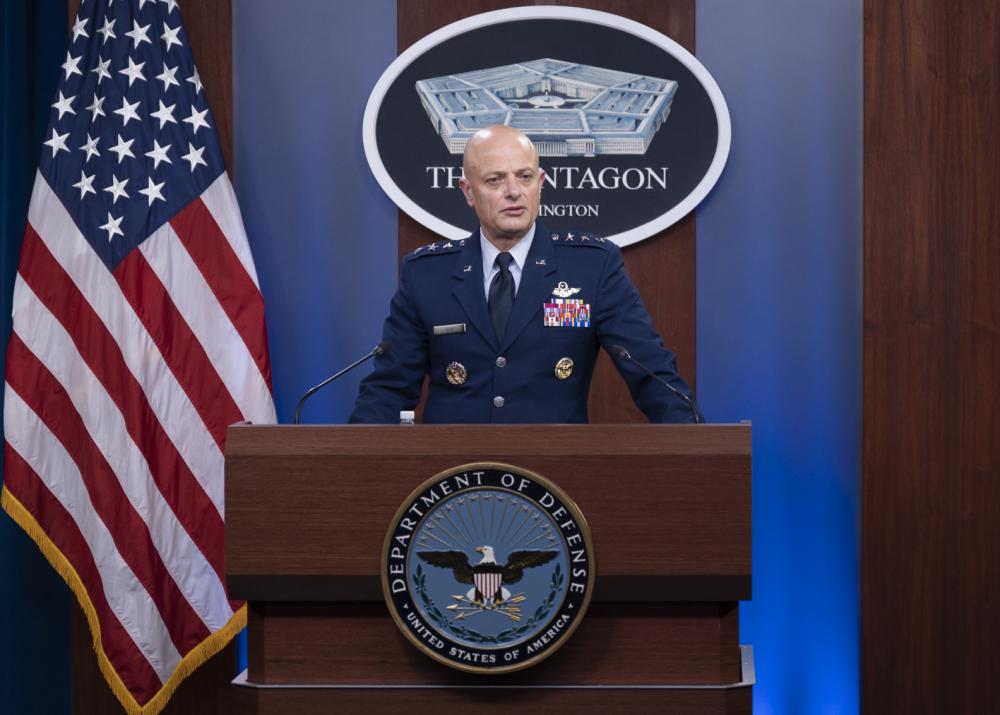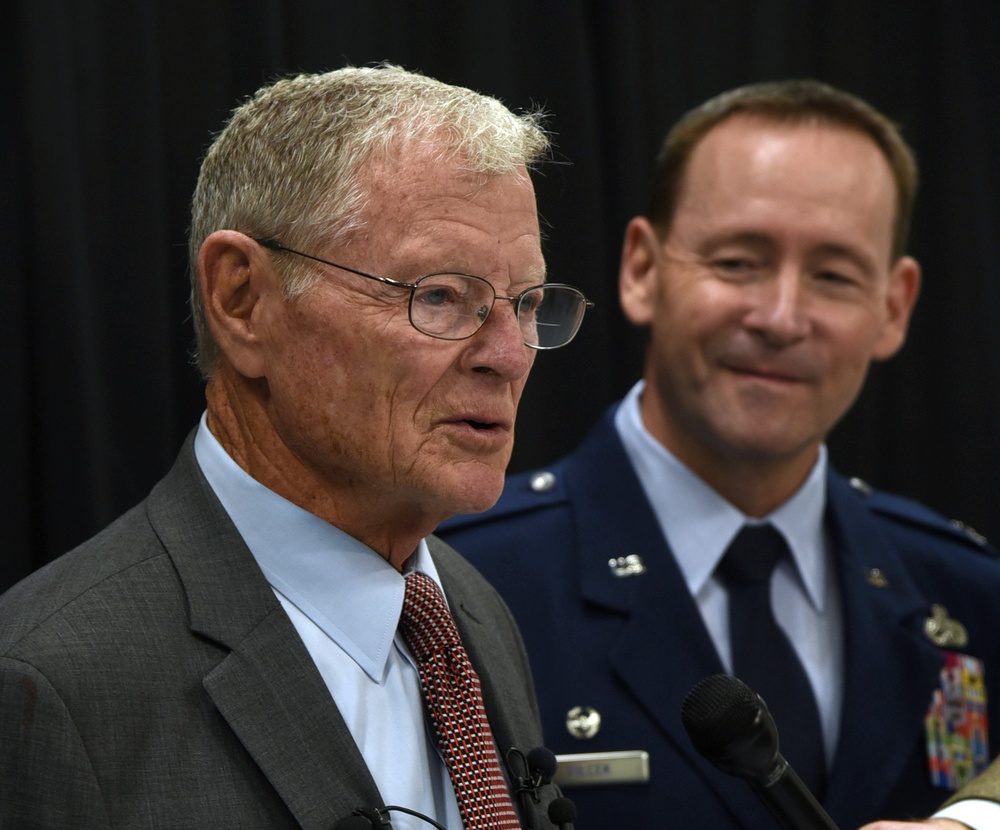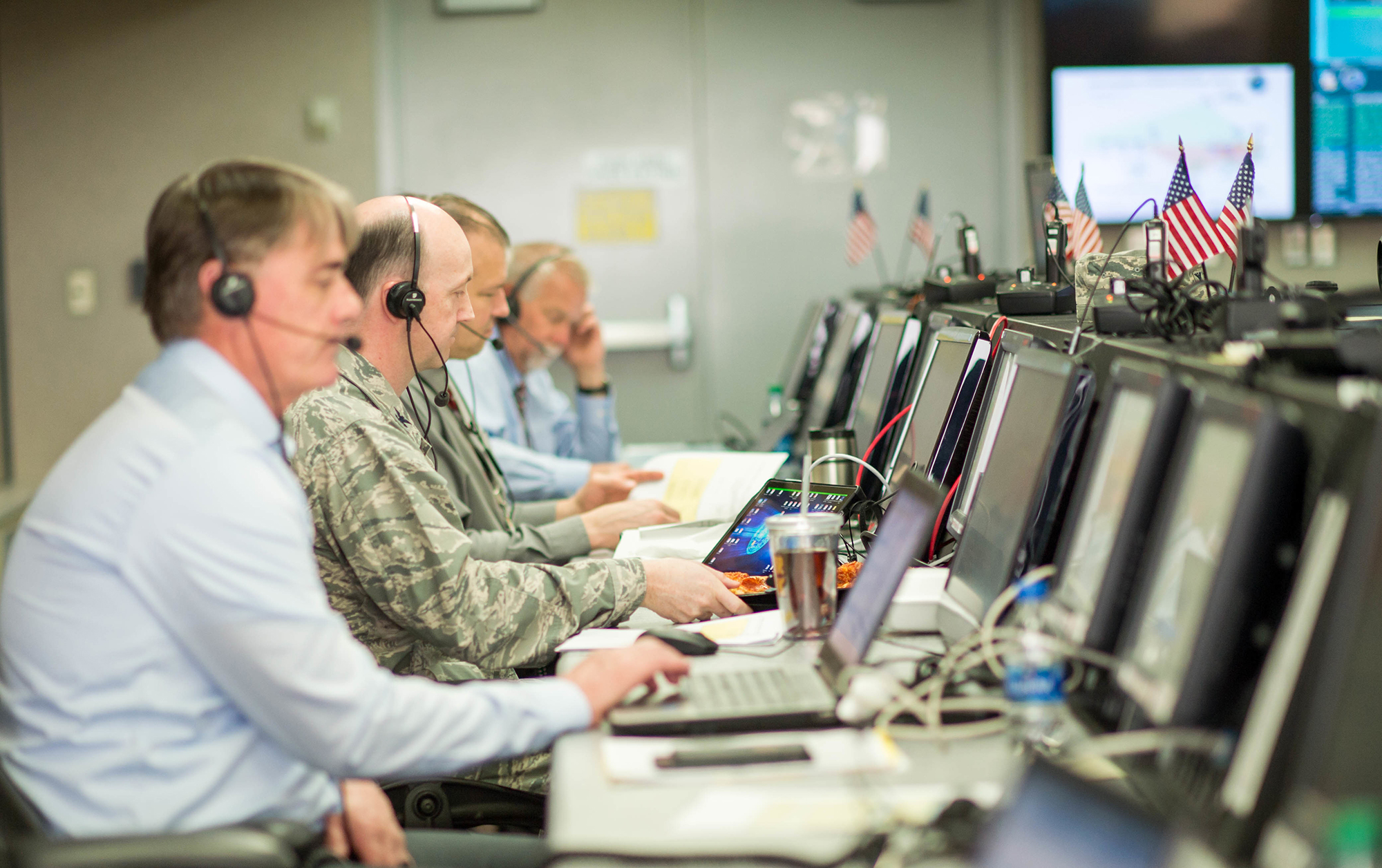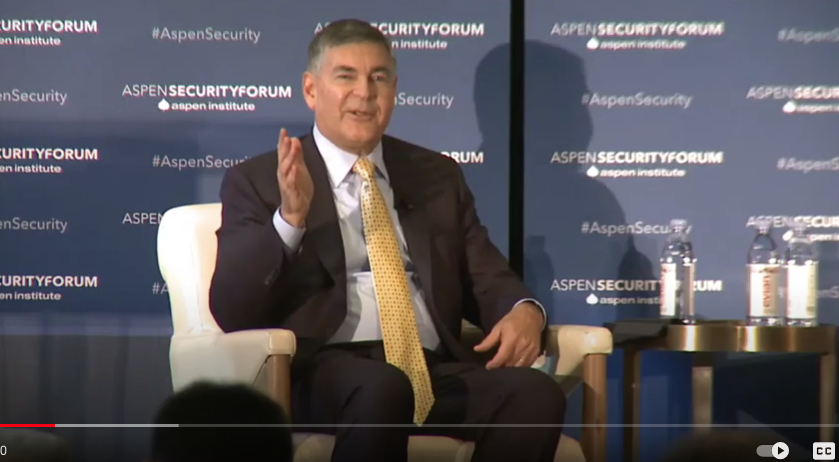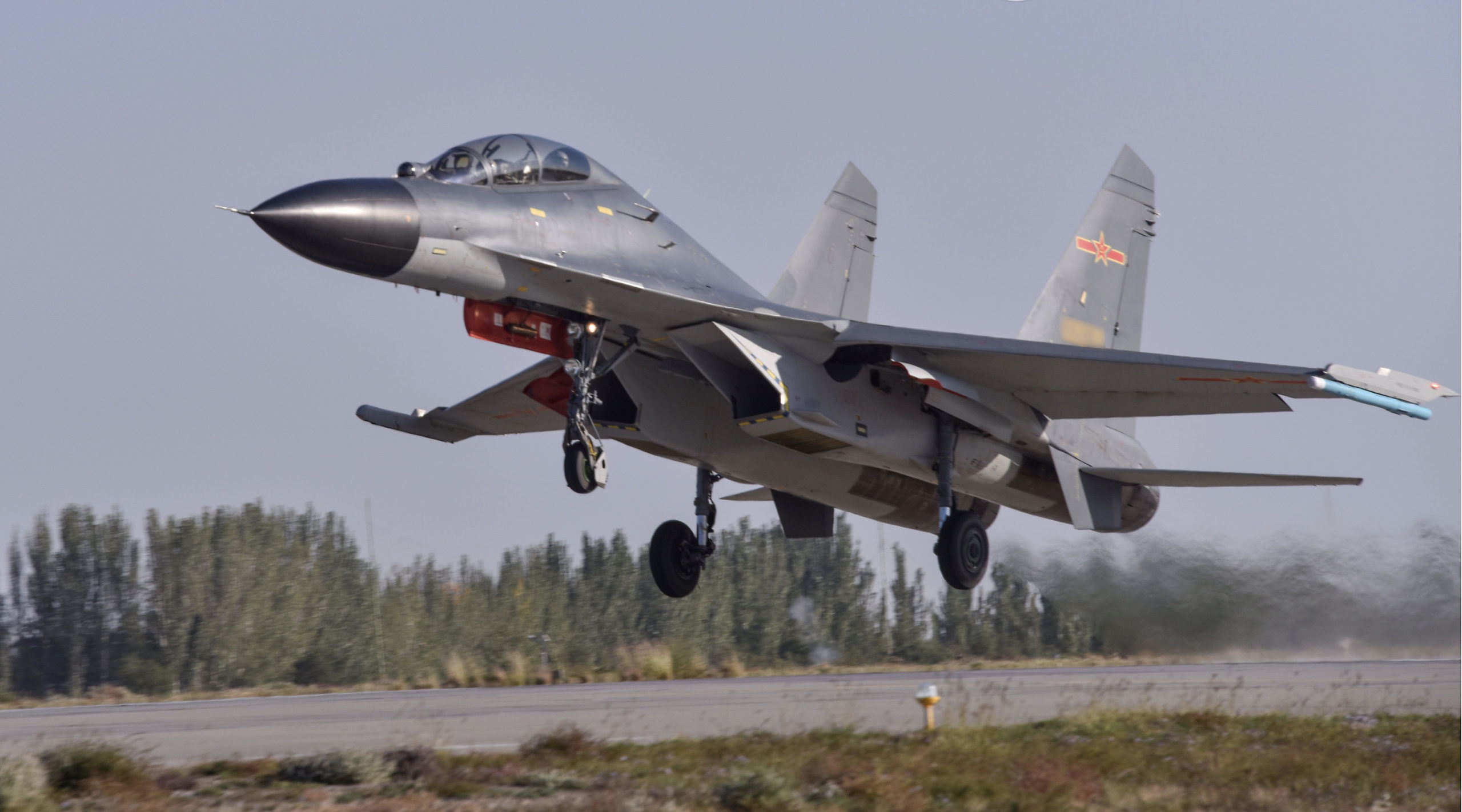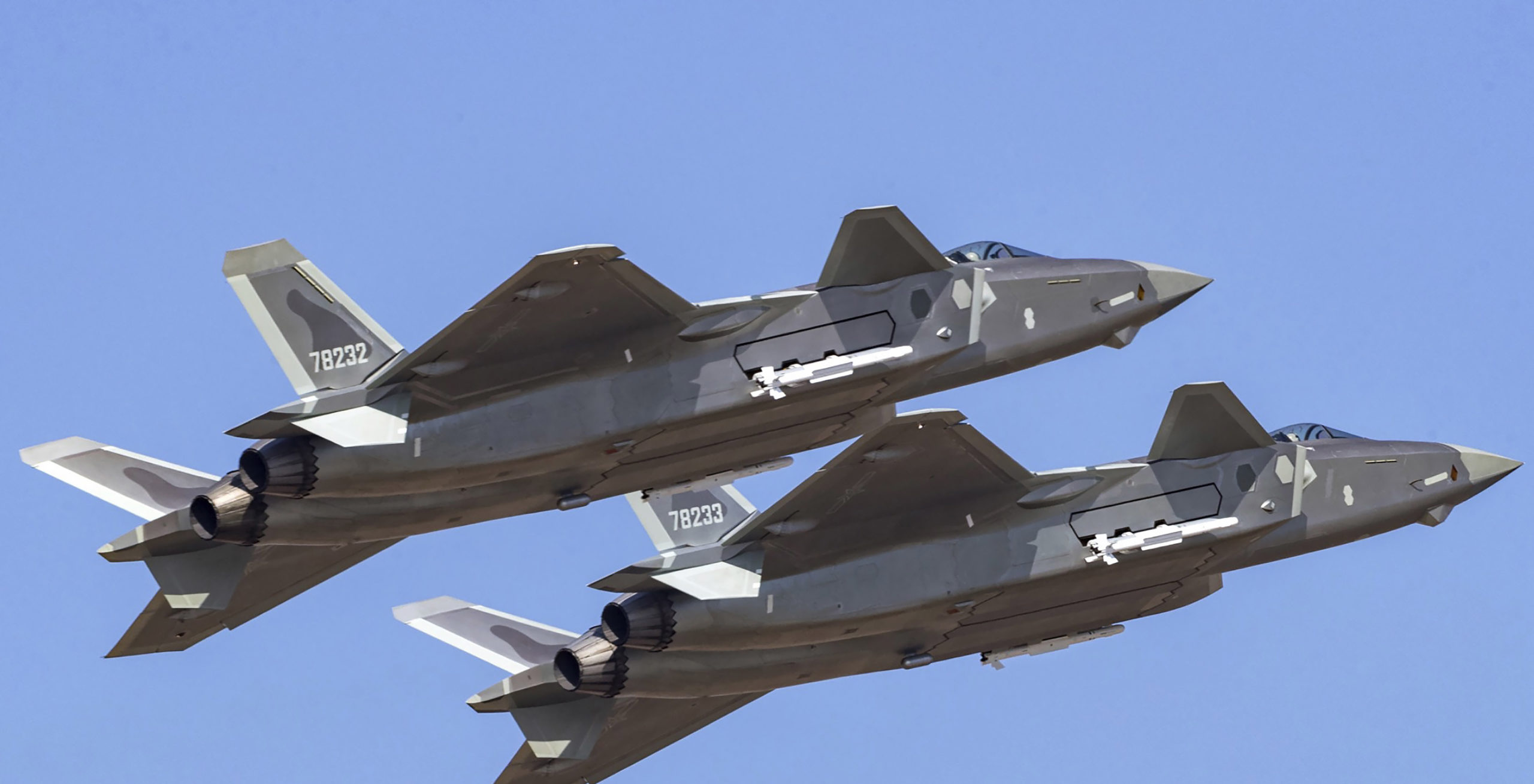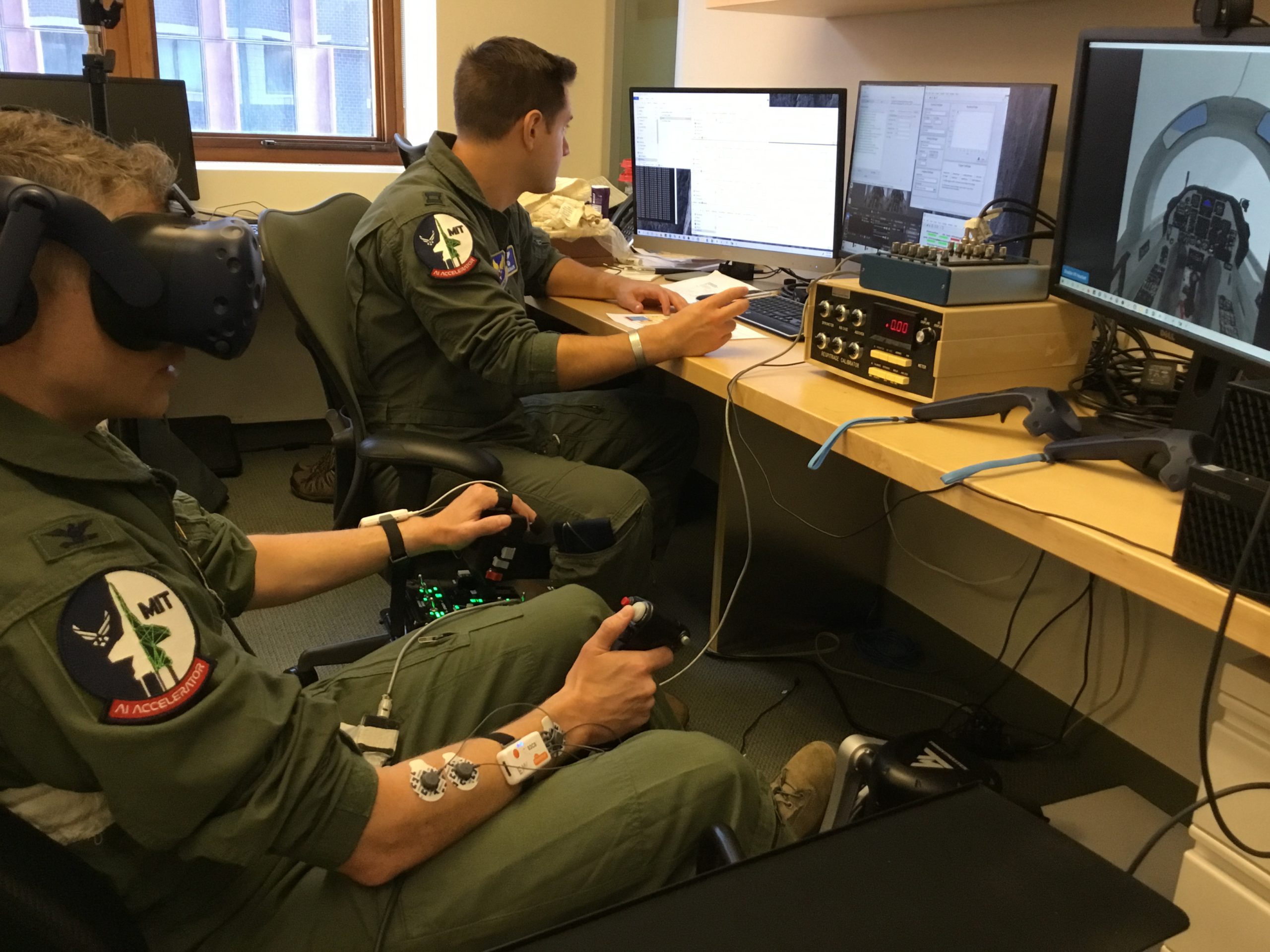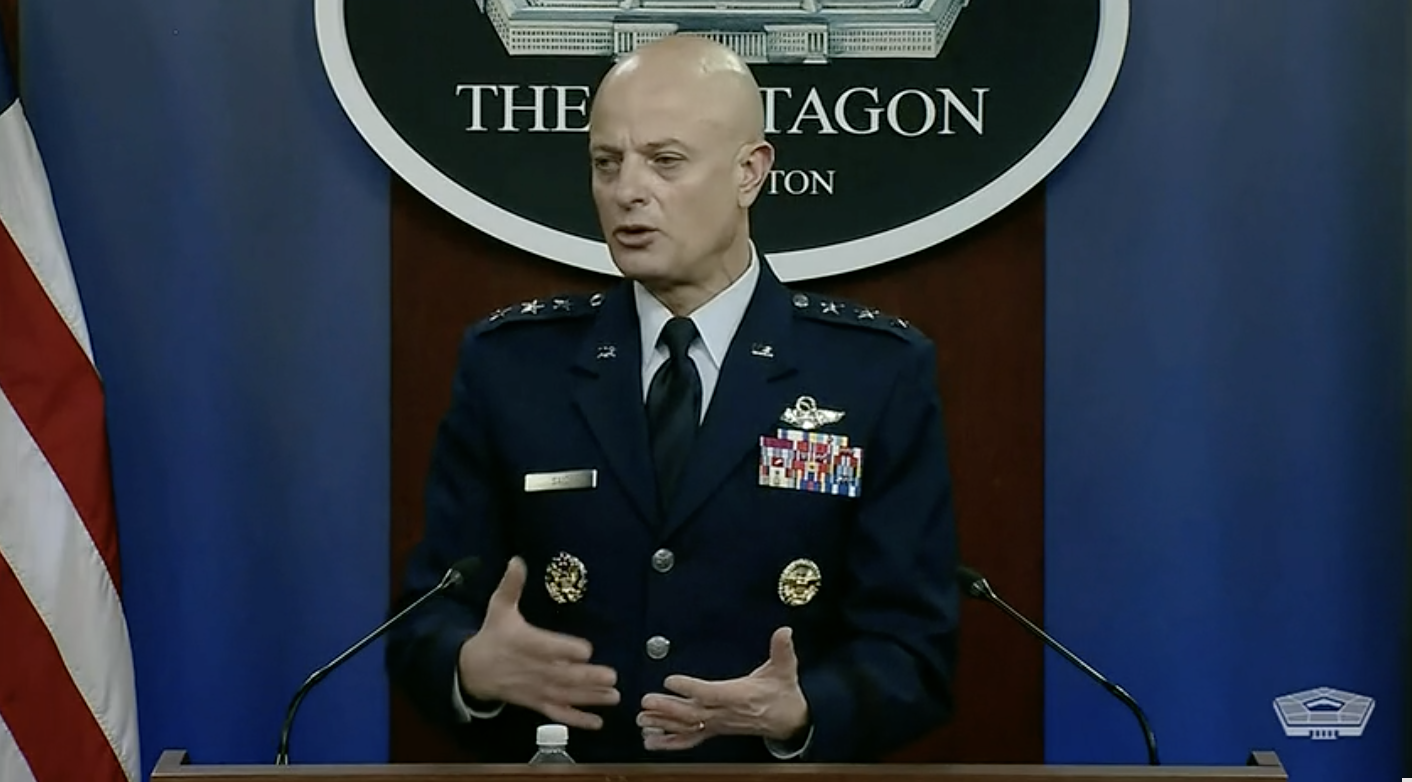The release of an Air Force Inspector General report on the erroneous Aug. 29 air strike that killed 10 civilians in Kabul, Afghanistan, has prompted questions about accountability that will now be left up to the relevant combatant commanders, according to the Pentagon.
“The report and its findings have now been transmitted to U.S. Central Command and U.S. Special Operations Command,” Pentagon Press Secretary John F. Kirby said Nov. 5.
“That doesn’t mean that the door has been closed on accountability,” he added. “Each of those commanders can take a look at the process breakdowns and can determine for themselves if, in fact, in addition to process improvements, there might need to be accountability at their level, and that would be up to them … It’s now a commander-led, focused effort.”
Kirby said Defense Secretary Lloyd J. Austin III was briefed on the report Nov. 1 and gave CENTCOM Commander Gen. Kenneth F. McKenzie Jr. and SOCOM Commander Gen. Richard D. Clarke until mid-November to report back.
“The commanders at those two institutions will now have an opportunity to digest his findings and recommendations and come back to the Secretary in a matter of a couple of weeks with whatever recommendations they have to implement those findings and recommendations,” he said. “The Secretary specifically invited them to come back to him with any additional actions they might deem appropriate.”
The independent investigation by Air Force Inspector General Lt. Gen. Sami D. Said spent 45 days studying the CENTCOM airstrike that killed aid worker Zemari Ahmadi and his family.
A strike cell in Qatar, studying video footage for eight hours, believed Ahmadi’s white Toyota Corolla was a vehicle of interest and that he was involved in planning a terrorist attack against American service members at Hamid Karzai International Airport in Kabul. Only three days earlier, 13 Americans had been killed in a terrorist attack at the airport checkpoints, and the investigation found that attack led to “confirmation bias” and the erroneous attack, though no laws were broken.
Said made three process recommendations to narrowly apply to short-fuse, over-the-horizon strikes in urban areas, which he described as defensive in nature. They included limiting confirmation bias, better information sharing, and better assessments of the presence of civilians.
A careful study of video footage found that two minutes before the strike there was physical evidence that a child was at the compound where the Toyota was parked. Ultimately, seven children and three Afghan men died in the strike.
But Said did not recommend disciplinary action, re-training, or de-credentialing of any of the 22 individuals he interviewed who were directly involved in the incident.
“Let me just be upfront: I didn’t eliminate the possibility of accountability,” Said remarked in a media briefing at the Pentagon on Nov. 3.
“That is commander business. What I concluded at our level in this investigation … I didn’t find violations of law or law of war,” he said. “What I found is the disconnects were an aggregate process breakdown in which many people are involved and it wasn’t any particular individual that was causal to that.”
A SOCOM spokesperson told Air Force Magazine Nov. 6 that it would be “inappropriate to discuss or speculate” on the recommendations before the commander’s review is complete.
“Gen. Clarke has read the investigation into the 29 Aug. strike,” the spokesperson said. “He will submit his recommendations on how to best address the investigation’s findings and recommendations to the Secretary of Defense in the next few weeks.”
CENTCOM did not immediately respond to an Air Force Magazine request for comment.
